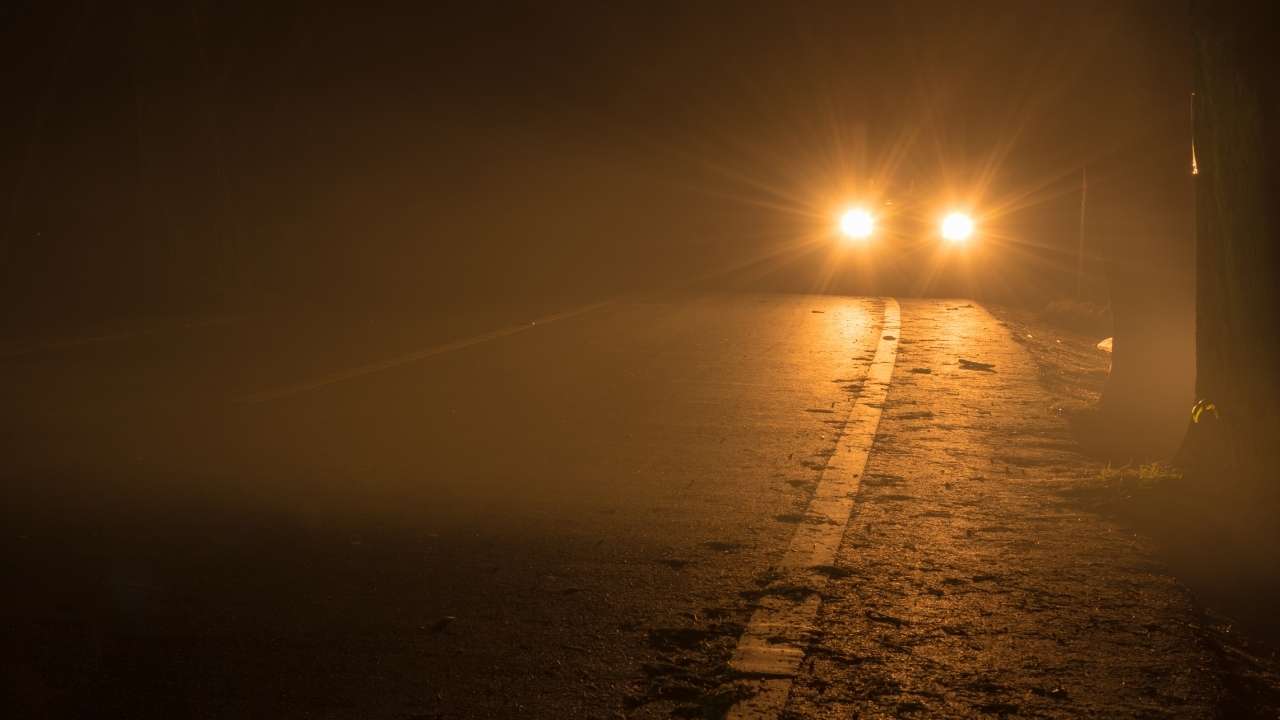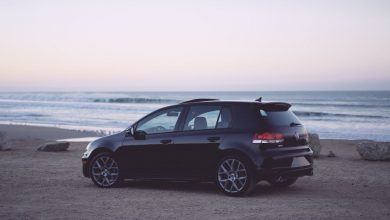Things You Need To Know About Driving Lights

Many people don’t pay much attention to their car or truck lights, but in fact, everyone should be aware of all the different types and their use. From headlights to hazard lights, there are many different types and are used in many different situations. If you’ve never thought about this being a serious topic for discussion, think again. You would appreciate knowing which lights you need if ever stuck in a hazardous situation.
Below I’ll explain more about the types of car lights and their use.
Types of car lights
According to the DMV (Department of motor vehicles), to successfully pass a driver’s test one must be able to identify car lights as well as how to use them. That’s why it’s extremely important to be able to recognize the different types and know how to use them properly.
Warning lights
Warning lights, also known as beacon lights are made to keep the driver safe and are mostly used on trucks or other upfit vehicles. Warning beacon lights for trucks serve the purpose of a warning, attracting attention, and making people aware, thus guiding them on what to do and how to respond. Besides vehicles, they can also be seen on aircraft, buildings, and other structures easily seen during harsh weather and other instances.
Hazard lights
These lights are also known as flashers and are located in the front or back of the vehicle. They’re used to warn other drivers of danger or obstructions on the road, and should not be used as a stop signal or illegal parking. Their bulb is a small amber light, and they’re turned on through the use of a triangle button inside the vehicle, making all the signal lights turn on at the same time.
Headlights
The headlights allow the driver to see the roadway in the dark, while also signaling other vehicles that a car is present. High beam headlights provide an intense light, and should only be used when no visible cars are coming or going in front of you. Low beam headlights provide enough light to show you where you’re going, and they’re essential when driving at night.

Daytime running lights
These lights are designed to make your vehicle more visible to other motorists. They’re located in both the front and rear of the car and are usually turned on automatically. The bulbs are ultimately the same as the headlights, but give off a dimmer light turned on at a lower power. Note that they cannot replace the use of regular headlights during the night.
Taillights
These are red lights on the back of the vehicle and are turned on at the same time as the headlights to illuminate the back of the vehicle to other drivers. They’re red lights at the rear of the vehicle but are a little dimmer than brake lights. They help other drivers traveling behind you recognize that you’re there, and how far ahead you are.
Fog lights
Fog lights are located in the front of the vehicle just below the headlights and are mounted low to prevent the light from reflecting on the fog and glaring back toward the driver. They have a uniquely wide and flat beam shape, and should only be used during fog or snow since the light is very strong and can distract other drivers on the road.
Other types of car lights
Signal lights or blinkers, are used to indicate to other drivers that you’ll soon be turning and will most likely be slowing down to do so.
Brake lights signal drivers that you’re slowing down or stopping, and they’re only activated when you place your foot on the brake pedal.
When to use car lights
Besides using car lights to see at night, it’s important to understand that other conditions require different lights to ensure safety on the road. Although daytime visibility in normal weather conditions is usually good, some countries require drivers to use daytime running lights to improve safety.
During fog, it’s advisable to use fog lights to increase visibility, and remember to leave more distance between you and other vehicles. In case of wet weather, it’s recommended to leave the low beam headlights on, but if the visibility is poor you can also turn on your fog lights.
In closing
It’s important to know the various types of car lights so you can use them correctly and improve safety on the road. Knowing when, how, and why you should use them will also help you navigate your vehicle on the road in certain situations, and weather conditions. Remember to pay attention to the road, and use your lights correctly to avoid unwanted and hazardous situations.



